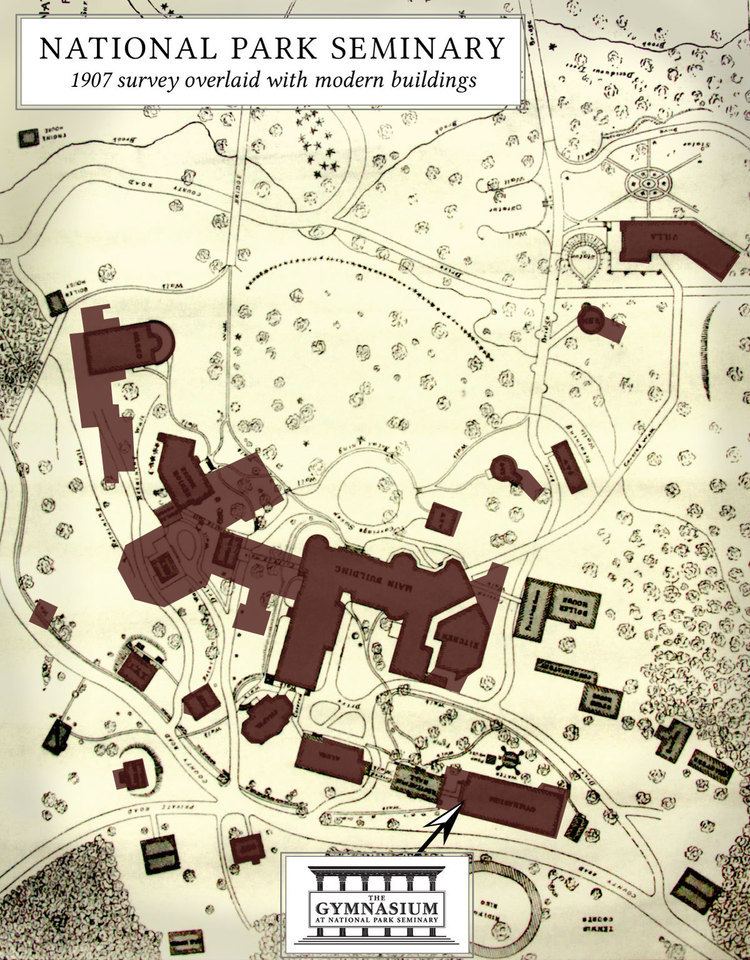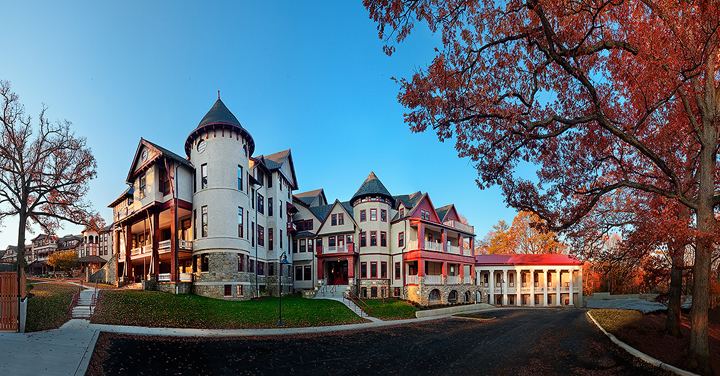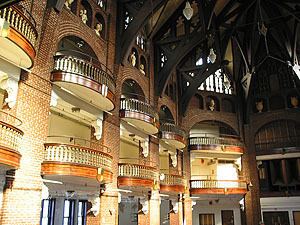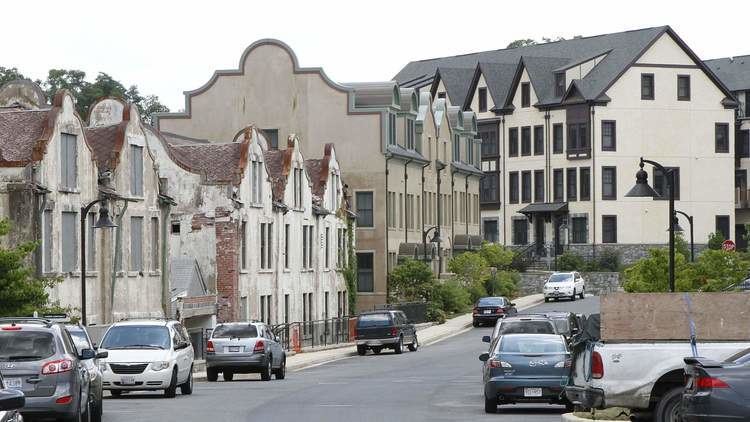Area 23 acres (9.3 ha) Year built 1890 | NRHP Reference # 72000586 Added to NRHP 14 September 1972 | |
 | ||
Location Linden Lane near I-495, Forest Glen, Maryland Architectural style Late 19th and early 20th century American movements, late 19th and 20th century revivals, Greek revival Similar Theological College, Eastern Christian College, Balti Hebrew Institute, Mount Saint Agnes Co, St Charles College | ||
Capital edition 1990 forest glen park national park seminary
National Park Seminary — later called National Park College — was a private girls' school open from 1894 to 1942. Located in Forest Glen, Maryland, its name alludes to nearby Rock Creek Park. The historic campus is to be preserved as the center of a new housing development.
Contents
- Capital edition 1990 forest glen park national park seminary
- Paths to the present 81 national park seminary in forest glen
- College
- Walter Reed Forest Glen Annex
- Preservation and development
- References

Paths to the present 81 national park seminary in forest glen
College

The campus began in 1887 as "Ye Forest Inne," a summer vacation retreat for Washington, D.C., residents. The retreat did not succeed financially, and the property was sold and redeveloped as a finishing school, opening in 1894 with a class of 48 female students. The architecture of the campus remained eclectic and whimsical. In addition to various Victorian styles, exotic designs included a Dutch windmill, a Swiss chalet, a Japanese pagoda, an Italian villa, and an English castle. Many of these small homes with international designs were built from blueprints obtained by competing sororities, but all were designed by architect Emily Elizabeth Holman of Philadelphia, Pennsylvania. The campus also featured covered walkways, outdoor sculptures, and elaborately planned formal gardens. Among the administration was Assistant Dean of the College, Miss Edna Roeckel. In 1936 it was renamed "National Park College" and its focus was realigned with more modern education trends; it remained one of the most prestigious women's schools in the country.
Walter Reed Forest Glen Annex

With the onset of World War II, the United States Army began planning for the medical needs of returning soldiers. In 1942, the property was acquired by Walter Reed Army Hospital as a medical facility for disabled soldiers, thus closing the college. The Army paid $890,000 for the land and buildings that became the Walter Reed Forest Glen Annex. The goal was to provide to seriously injured service members a quiet, green space for rehabilitation and recovery that was within a short drive from the heavily urbanized neighborhood surrounding the hospital. Following World War II and the Korean War, the U.S. Army attempted to maintain the space with progressively limited funds; the U.S. Army employed some of the unique sorority houses as base housing for military officers who organized themselves and enlisted soldiers to maintain the seminary space. Eventually, however, the Army lost sufficient funding from the U.S. Congress during the 1960-1970s to maintain the space and was compelled to declare the property excess, pending transfer to the General Services Administration to find a new owner.

Although the U.S. Army was frequently criticized by local residents during the 1980-1990s for allowing the undeveloped portion of the property to remain economically stagnant, it was largely government ownership that protected the space from overdevelopment. Once relinquished due to base maintenance funding cuts from Congress, the U.S. Army Walter Reed Medical Center lost what once had been a quiet, rehabilitative area for service members recovering from post-war trauma during the 1940s just as the Iraq War began during 2003. The loss of the Forest Glenn annex as a military medical center for post-war rehab contributed to the necessity of leasing sub-standard space and the subsequent Walter Reed neglect scandal in 2007 that led to firing of the hospital commander and the U.S. Army Surgeon General.
Preservation and development

On September 14, 1972, a 27-acre (0.11-km²) National Park Seminary Historic District was listed as a national historic district on the National Register of Historic Places. In the following years, the historical integrity of the property was threatened by neglect and vandalism. The Greek Revival Odeon Theater was lost to arson. Local preservation groups took action and "Save Our Seminary" (SOS) was formed in 1988. In the late 1990s, Senator Paul Sarbanes was instrumental in encouraging the Army to make repairs to some of the buildings and, ultimately, in releasing the property for development. With private donations, SOS began an exterior restoration project of the pagoda in 1999, completed in 2003.
In 2003, a development team led by the Alexander Company began implementing a plan to preserve the campus as the core of a new residential neighborhood. The residential neighborhood consists of townhomes, condominiums, and apartments. The townhomes are in a variety of architectural styles from Spanish mission to colonial. The apartments, some of which are affordable housing, are in the main structure. Condominiums are located in several buildings that branch off of the main structure including the Senior House, Senior Annex, and Music Hall. There are condominiums in the Chapel and Aloha House. The Alexander Company's plans for redevelopment of the site were featured in a 2006 New York Times story.
In order to raise funds necessary to preserve most all of the historic buildings, portions of the abandoned seminary grounds were made available for townhouse development which began in 2006. The 12 acre old growth forest in the glen and most of the historically sensitive yards and courts were spared from redevelopment.
